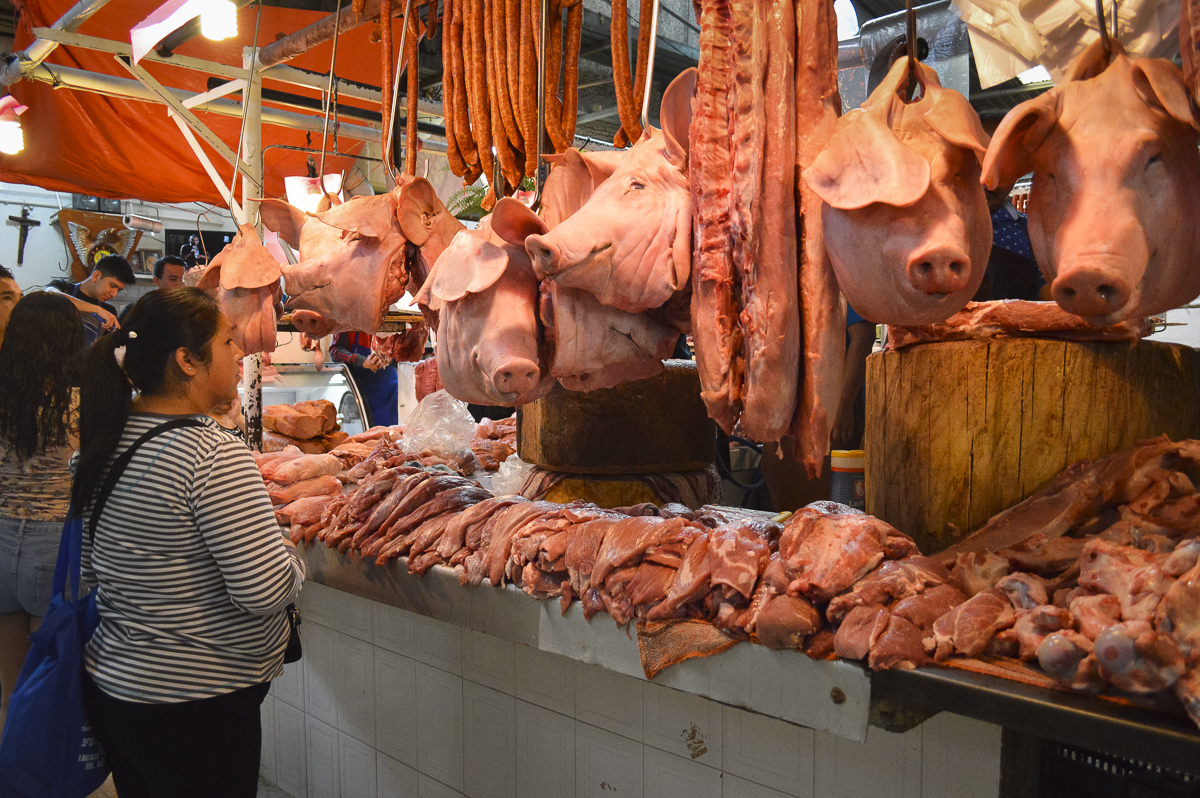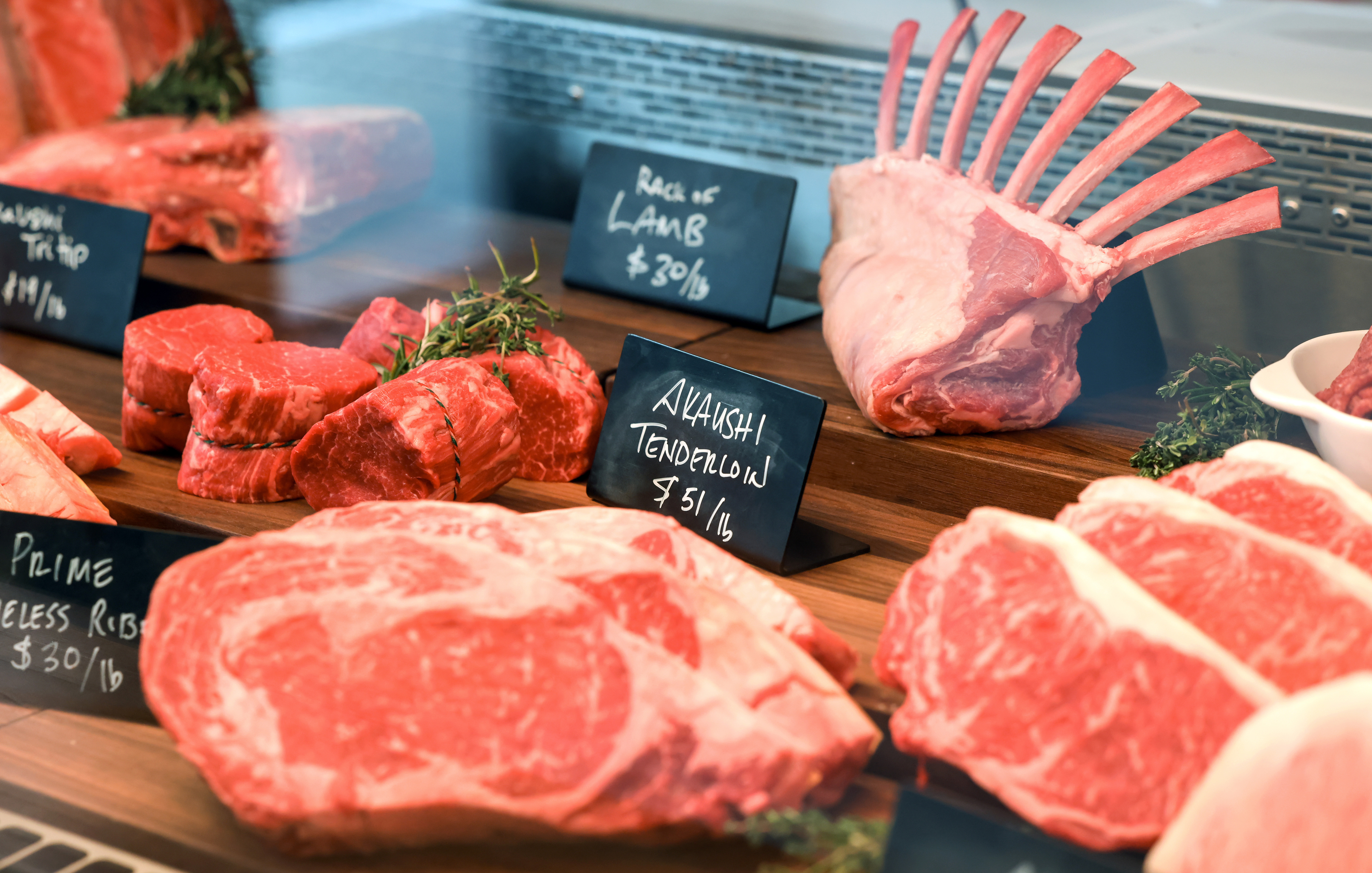Discover the Art of the Butcher's Cut in a Modern Meat Market
In the ever-evolving landscape of modern meat markets, the butcher's cut has actually transcended its conventional roots, combining old-time craftsmanship with contemporary practices. What truly establishes the modern butcher apart is their ability to build a deeper link between consumers and the origins of their meat.
Evolution of Butchery Methods
The evolution of butchery techniques mirrors a rich tapestry of advancement and adaptation driven by improvements in modern technology, adjustments in consumer need, and a much deeper understanding of meat science. Historically, butchery was a craft passed down via generations, with approaches sharpened over centuries to make the most of return and taste. Nevertheless, the industrial transformation introduced automation, transforming traditional methods and allowing large processing.
The mid-20th century saw butchery strategies better improved by clinical understandings right into muscle mass biology and meat aging, improving both tenderness and preference. Technologies like vacuum cleaner packaging and refrigeration expanded item shelf-life, permitting butchers to branch out offerings and improve top quality control. This period likewise noted the surge of customized equipment, such as band saws and meat slicers, which increased accuracy and efficiency in meat handling.

Computerized systems now aid in monitoring pet provenance and optimizing cuts to meet specific client choices. Additionally, a renewal in artisanal butchery has actually emerged, mixing standard abilities with modern expertise to provide to consumers looking for honest and sustainable meat options.
Understanding Meat Cuts
Comprehending the complexities of meat cuts is vital for both butchers and consumers looking for quality and value. For butchers, exact cuts show skill and regard for the craft, making sure minimal waste and optimal return.

Comprehending muscular tissue structure is essential; muscle mass used much more often by the animal tend to be harder and are best fit for sluggish food preparation techniques, while less-used muscular tissues, like those located in the loin, are a lot more tender and suitable for barbecuing or roasting. Knowledge with these differences equips consumers to make informed options, enhancing their culinary undertakings.
Selecting Quality Meat
Choosing the right meat involves even more than just picking an aesthetically attractive item from the display. The art of choosing high quality meat needs a critical eye and knowledge of certain characteristics that represent quality and excellence.
Second of all, consider the marbling, which refers to the white streaks visit this website of fat within the muscle mass. Appropriate marbling is a key sign of tenderness and taste, as it thaws throughout cooking, enhancing the meat's juiciness. Bear in mind, higher marbling commonly associates with premium top quality cuts, such as USDA Prime.
Structure is an additional crucial factor; meat ought to really feel strong to the touch, not slimed or excessively soft. Furthermore, be conscious of the aroma. Fresh meat needs to have a clean, neutral odor, devoid of any type of sour or repulsive odors.
Coupling Cuts With Cooking Approaches

On the other hand, harder cuts like brisket and chuck roast are rich in collagen, which breaks down right into gelatin when cooked gradually. These cuts are perfect for braising or slow-moving roasting, enabling the meat to soften with time and develop deep, complicated tastes. Similarly, cuts such as brief ribs and pork shoulder get on well with slow-cooking approaches, where extended cooking times transform their robust textures right into delicious recipes.
Lamb shanks and oxtail, which call for long term cooking to tenderize, are best prospects for cooking or slow-moving simmering. These methods coax out abundant, hearty flavors while keeping wetness. By comprehending the unique characteristics of each cut, chefs and home chefs alike can elevate their culinary productions, making certain each recipe is both satisfying and unforgettable.
The Butcher's Function Today
Navigating the evolving landscape this website of the contemporary meat market, the butcher's function today prolongs past plain prep work of cuts. Contemporary butchers are culinary artisans, instructors, and advocates for sustainable practices. They link the void between the farm and the fork by guaranteeing ethical sourcing, recognizing pet husbandry, and focusing on openness in the supply chain. This change mirrors the expanding consumer need for quality over amount, where provenance and animal well-being are paramount.
In addition to crafting specific cuts, butchers currently involve directly with customers, supplying cooking advice and customizing choices to fit specific demands and preferences. Their know-how in meat aging, marbling, and taste profiles empowers consumers to make enlightened decisions, enhancing their cooking experiences. This individualized solution exemplifies the butcher's advancing function as a trusted expert in the cooking area.
Additionally, butchers are crucial in minimizing waste, using entire pets to develop varied items such as sausages and supplies. This extensive method not just respects the animal however additionally aligns with contemporary sustainability objectives. In this method, the modern butcher symbolizes both tradition and innovation, adjusting to an ever-changing market while maintaining the creativity and stability of their craft.
Conclusion
Mastery in comprehending diverse meat cuts her latest blog and quality signs equips butchers to supply informed referrals, aligning details cuts with ideal cooking approaches. By recognizing historic practices while welcoming modern needs, the butcher's function remains crucial in today's advanced meat market.